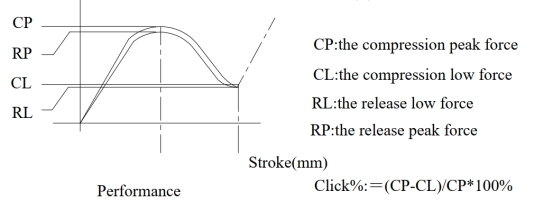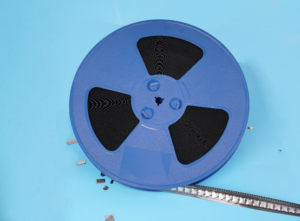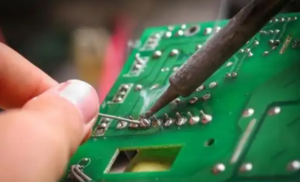If you’re entering the metal dome industrial business, understanding key concepts related to metal domes is essential. In this article, we will explore three fundamental concepts: force, rebound force, and click ratio. These concepts play a crucial role in the performance and lifespan of metal domes. Whether you’re a business owner or an enthusiast, join us on this educational journey to deepen your knowledge of metal domes.Â
What are Metal Domes?
Metal domes, also known as tactile domes or snap domes, are commonly used in various electronic devices as momentary switches. They provide tactile feedback when pressed, giving users a tactile sensation and an audible click. Metal domes are widely used due to their durability, reliability, and versatility. They find applications in industries such as consumer electronics, automotive, medical devices, and more. These domes are crucial for achieving a responsive and user-friendly interface, ensuring a satisfying user experience.
Basic Parameter of Metal Domes
There are three main parameters of metal domes: Compression Peak Force, Compression Low Force, and Click Ratio. It’s important to note that the specific values for force, rebound force, and click ratio can vary depending on the design, size, and material of the metal dome. Manufacturers often provide specifications and guidelines for these parameters based on their product offerings.
- Compression Peak Force
Compression Peak Force short for CP, it is a measure of the maximum force exerted on a metal dome to initiate the electrical contact. It represents the force applied to collapse the dome and establish the conductive path. CP is often expressed in grams (g) or Newtons (N) and acts as an indicator of the operation force required for the dome.
- Compression Low Force
Compression Low Force (CL), also known as rebound force, refers to the force exerted on the metal dome when it returns to its original position after being pressed. CL is measured in grams (g) or Newtons (N) and plays a crucial role in determining the click feeling and tactile feedback experienced by the user.
CP and CL are crucial factors in designing metal dome switches. Achieving the right balance between these forces ensures optimal performance and user satisfaction. A suitable CP ensures the switch is not too difficult to press, while an appropriate CL guarantees a comfortable and responsive click feeling.
- Click Ratio
Click Ratio also known as CC, sometimes referred to as click feeling, is a measure of the tactile feedback experienced by the user when pressing a metal dome. It represents the relative difference between CP and CL and is expressed as a percentage. A higher click ratio indicates a more pronounced tactile response.Click Ratio (CC) is calculated by the following equation:CC (%) = (CP – CL) / CP * 100%
By calculating the difference between CP and CL and expressing it as a percentage of CP, we obtain the click ratio. This metric provides a standardized measure of the click feeling experienced by the user.
 Ideal Click Ratio Range for Metal Domes
For most applications, a click ratio ranging from 35% to 60% is commonly desired. This range ensures an optimal tactile feedback experience without compromising the longevity of the metal dome. Click ratios outside this range may result in excessive wear and reduced lifespan of the metal dome switch.Â
Choosing the appropriate click ratio is crucial for the longevity of metal dome switches. A click ratio that is too high can lead to accelerated wear and premature failure of the domes. Conversely, a click ratio that is too low may result in a lack of tactile feedback, compromising the user experience. Finding the right balance is key to maximizing the lifespan of metal dome switches.
Commonly used range force for metal domes
Each metal dome has its unique suitable range force, please see below chart:
(PS: For round metal dome, when its diameter is larger, the force can even reach 200g to 400g.)
As we know that the force of metal domes is also related to the lifetime. Therefore, the magnitude of force still depends on the customerâs requirement. if the customer has no requirements about the lifetime, we can increase the force at discretion as well.Â
By comprehending these fundamental concepts, you can make informed decisions regarding the design, performance, and longevity of metal dome switches. Remember to strike the right balance between the forces involved and aim for an optimal click ratio to ensure a satisfying user experience. Welcome to contact us if you have any questions about metal dome force.











